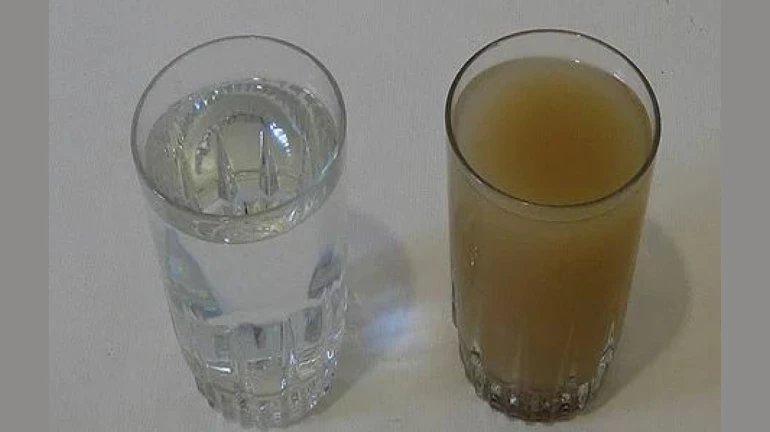
The percentage of unfit water supplied in Mumbai has increased by 10 per cent since 2020, revealed an annual Environment Survey Report (ESR) for 2022-23 by the Brihanmumbai Municipal Corporation (BMC).
The civic body collects 200 samples of water from sources across all the 24 municipal wards every day, while around 300 samples are collected regularly.
The BMC conducts this test in order to maintain quality of water as per the parameters set up by the World Health Organization (WHO).
The latest ESR report shows that overall quality of unfit water in Mumbai stood at 0.99 per cent, which is a 10 per cent rise since 2020-21, when the percentage was 0.9 cent. In 2021-22, the quality of percentage stood at 0.33 per cent.
Ward-Wise List of unfit water:
B ward (Bhindi Bazar, Dongri and Sandhurst Road): 6.7%
R/Central ward (Borivali, Gorai areas): 2.1%
G/North ward (Dadar, Mahim and Matunga): 1.7%
S ward (Bhandup, Kanjurmarg): 0.1%
L ward (Kurla): 0.2%
B ward has higher percentage of unfit water at 6.7 per cent, which is also a rise by five per cent in the past one year. Meanwhile, S ward (Bhandup, Kanjurmarg) has the best water quality.
Pointing out to the result, civic officials and elected representatives have maintained multiple factors behind the quality of water in Mumbai.
Official stated that areas like Kanjurmarg, Kurla, Ghatkopar have better quality of water because these places are closer to the Filtration Plant in Bhandup that is located in the eastern suburbs.
A senior official from Hydraulic Department, which carries out the assessment in coordination with the health department and municipal laboratory.
The officials also pointed out that the rate of contamination of water is higher in places which have underground supply channels that dates back to the British-Era.
How is test conducted?
The sources from which the water is being collected include service reservoirs through which water is supplied in different parts of the city.
Later, the water sample is being sent to the municipal laboratory where an assessment of the bacterial quality is being carried out by checking of suspended particles in every 100 ML of water and based on the regular findings, an aggregate of percentage is being prepared.





